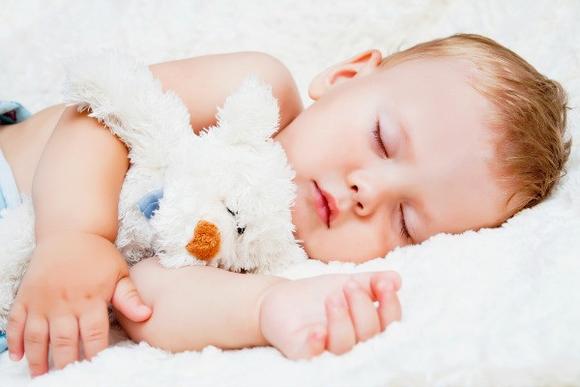We all know that meeting a child’s sleep needs are crucial in supporting their development.
As an early childhood educator, you play a very important and vital role helping in children
and their parents develop safe practices to support quality sleep.
Sadly, each year, SIDS and fatal sleeping accidents claim the lives of many infants as a result
of unsafe sleeping environments. It is therefore essential that child care services ensure that
children in their care sleep safely at all times and that the centre’s service policy and
practice is based on current research and reflects evidence-based principals.

With further changes to the National Quality Standards, effective of 1 February 2018, Cindy
Davenport, Co-Director of Safe Sleep Space and Sleep Smart outlines some essential safe
sleeping practices for babies and toddlers in childcare centres.
Some safe sleeping practices to consider:
• Always sleep babies on their back on a firm flat surface. Tummy sleeping reduces a
baby’s arousal level and ability to swallow and increases risk of SIDS by 3-14 times
when compared to sleeping on the back.
• If you wrap a baby, always take into account their stage of development. It is so
important to leave their arms out or free once the startle reflex disappears which is
often around 3 months. You should also stop using a wrap once the baby shows
signs of attempting to roll.
• If blankets are used rather than sleeping bags, make sure that the baby’s feet are
touching the bottom of the cot to prevent them from wriggling under the blankets.
Blankets should also be tucked in securely.
• Remove clothes with hoods, drawstring or ties, as they can become wrapped around
an infant or young child’s neck.
• It is not recommended that a baby/child has anything around their neck for sleeping,
for example a necklace or amber beads, which could tighten during sleep and make
breathing difficult.
• Products such as pillows, bumpers or soft toys in a cot can increase risk of an
accident as they can be used as a step to climb up and over the side of the cot.
• Bean bags, sofa, large cushions and air mattresses are not recommended as a safe
surface for young children to sleep.
• Check and inspect sleeping children at regular intervals and an assessment of each
child’s circumstance and needs should be undertaken to determine any risk factors.
• Sleeping children should always be within sight and hearing distance.
• Supervision windows should be kept clear and not painted over or covered.
Safe Sleep Space








